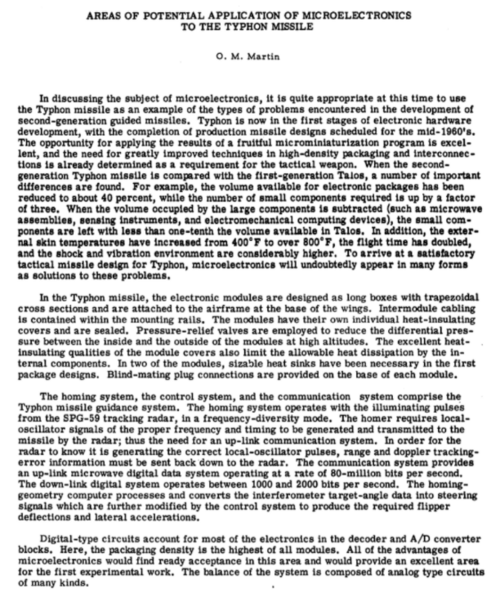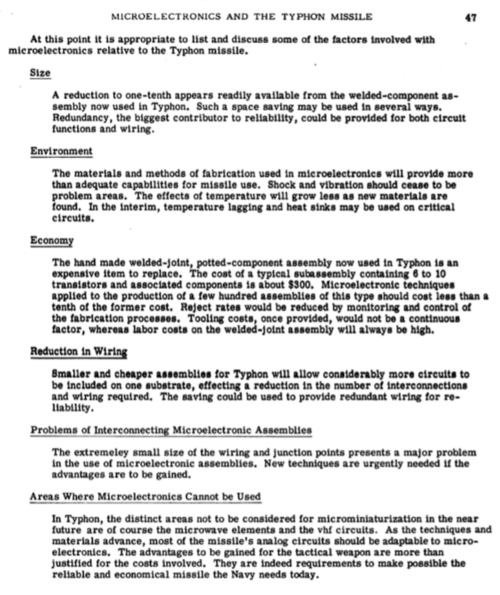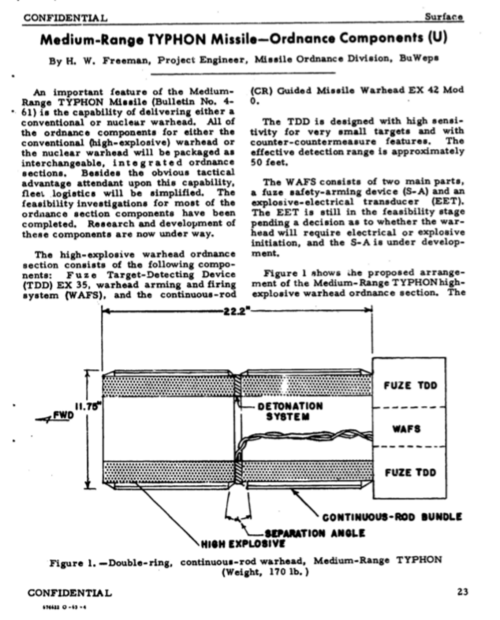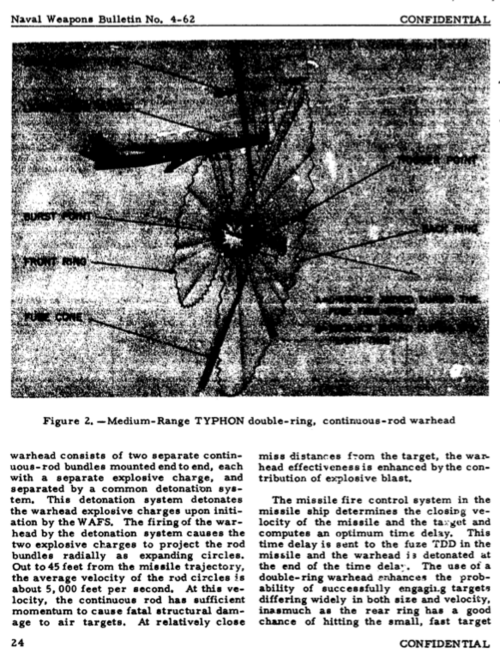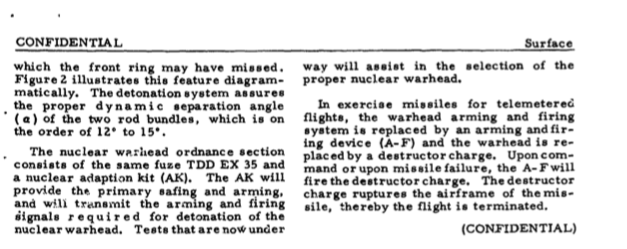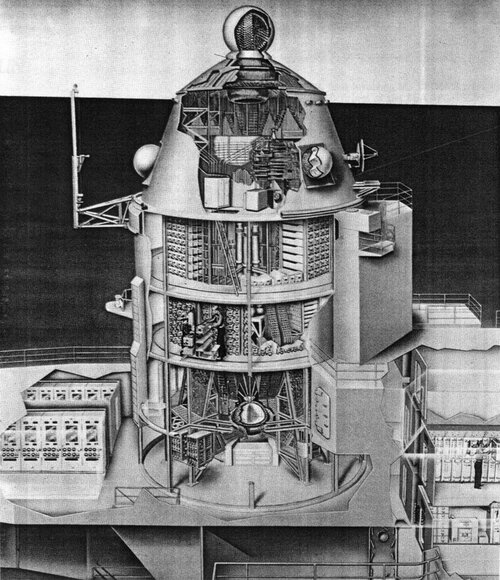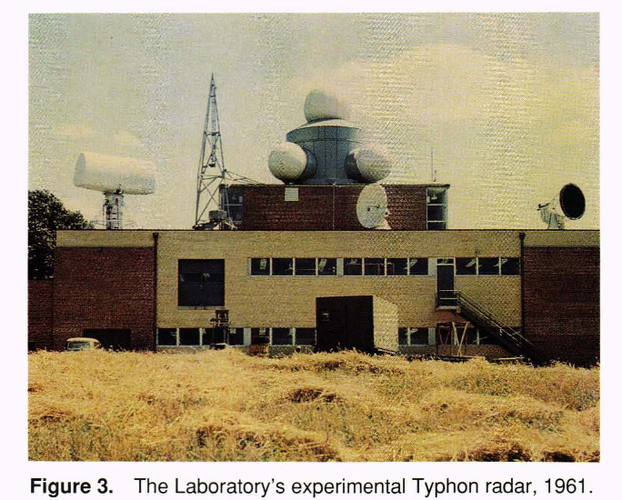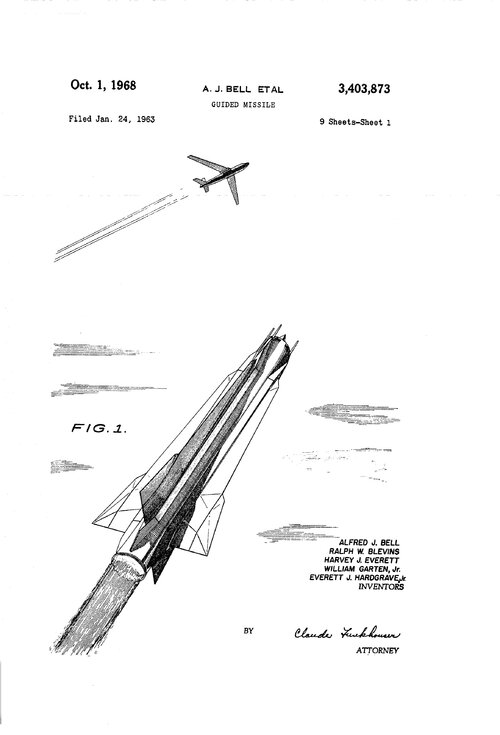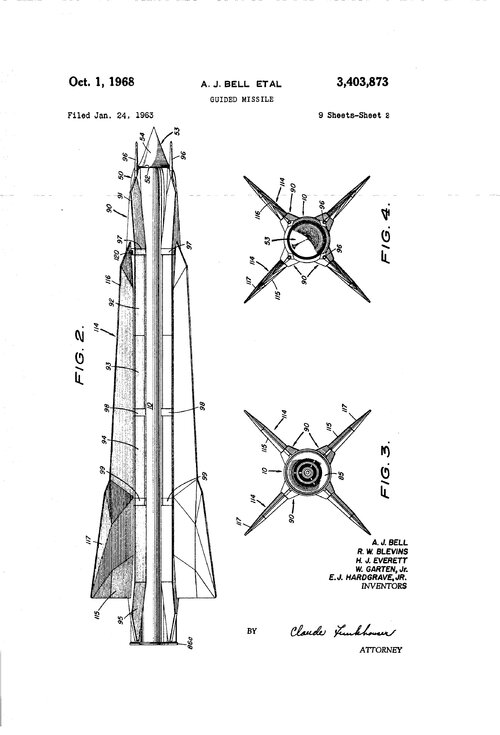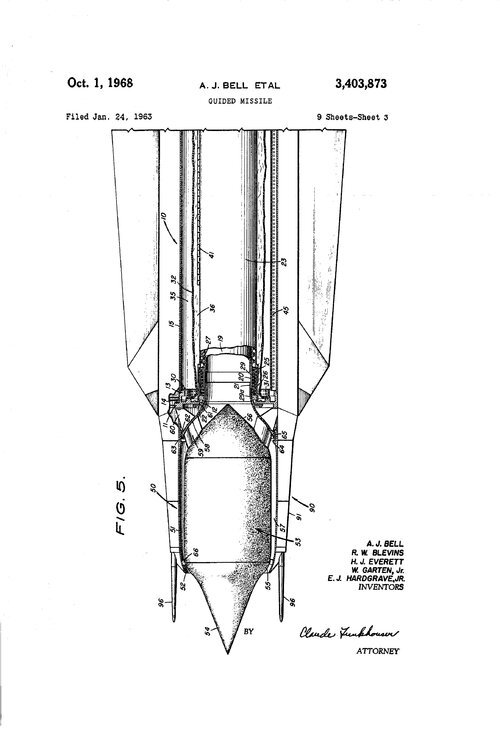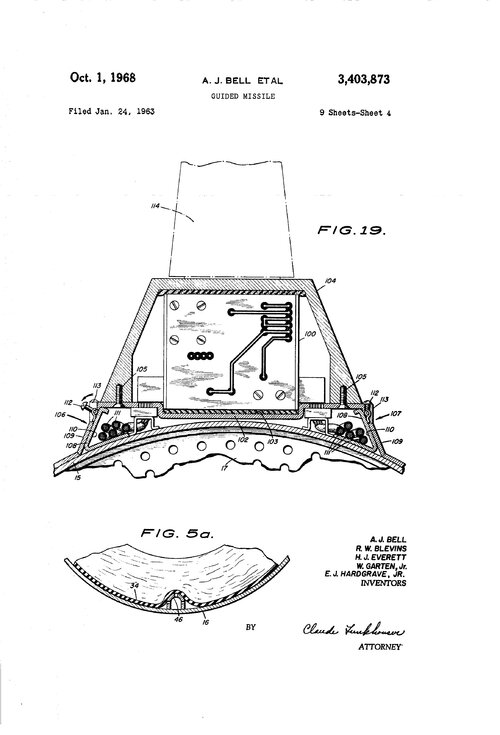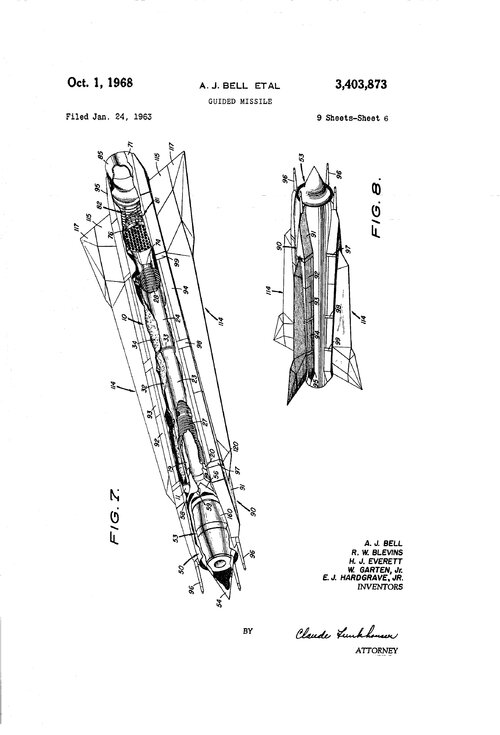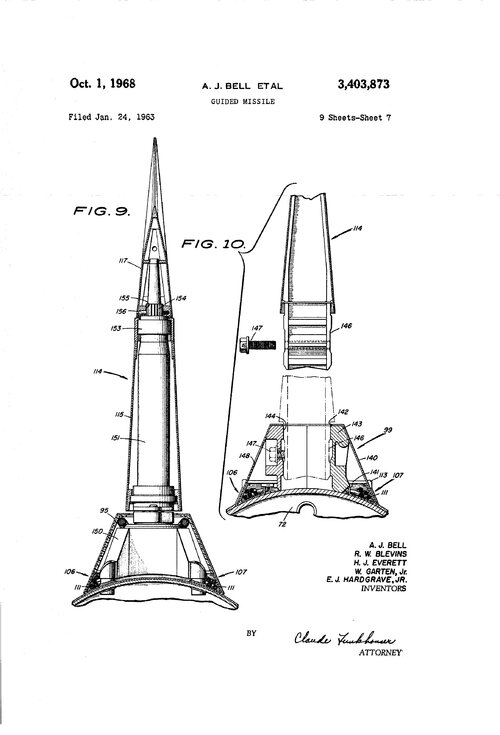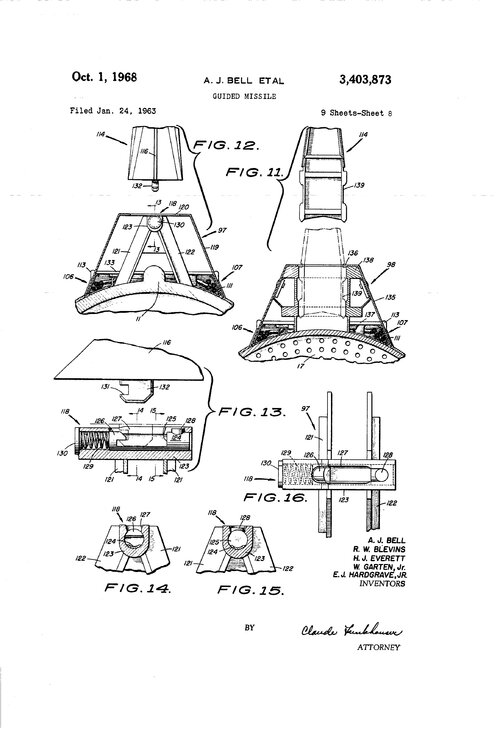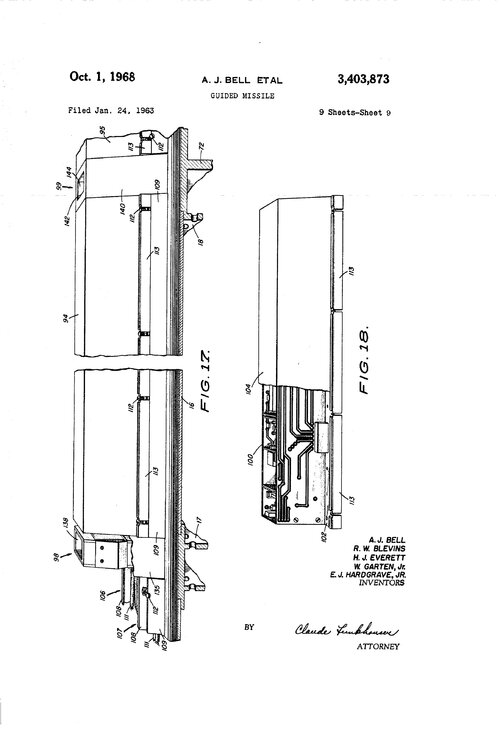- Joined
- 22 April 2012
- Messages
- 2,255
- Reaction score
- 2,297
Source: AREAS OF POTENTIAL APPLICATION OF MICROELECTRONICS TO THE TYPHON MISSILE by O. M. Martin. From the Proceedings of the Conference on Navy Laboratory Microelectronics Programme, June 1961, via Google Books.
Note in particular the description of the homing system including the uplink and downlink.
Note in particular the description of the homing system including the uplink and downlink.
Attachments
Last edited:

